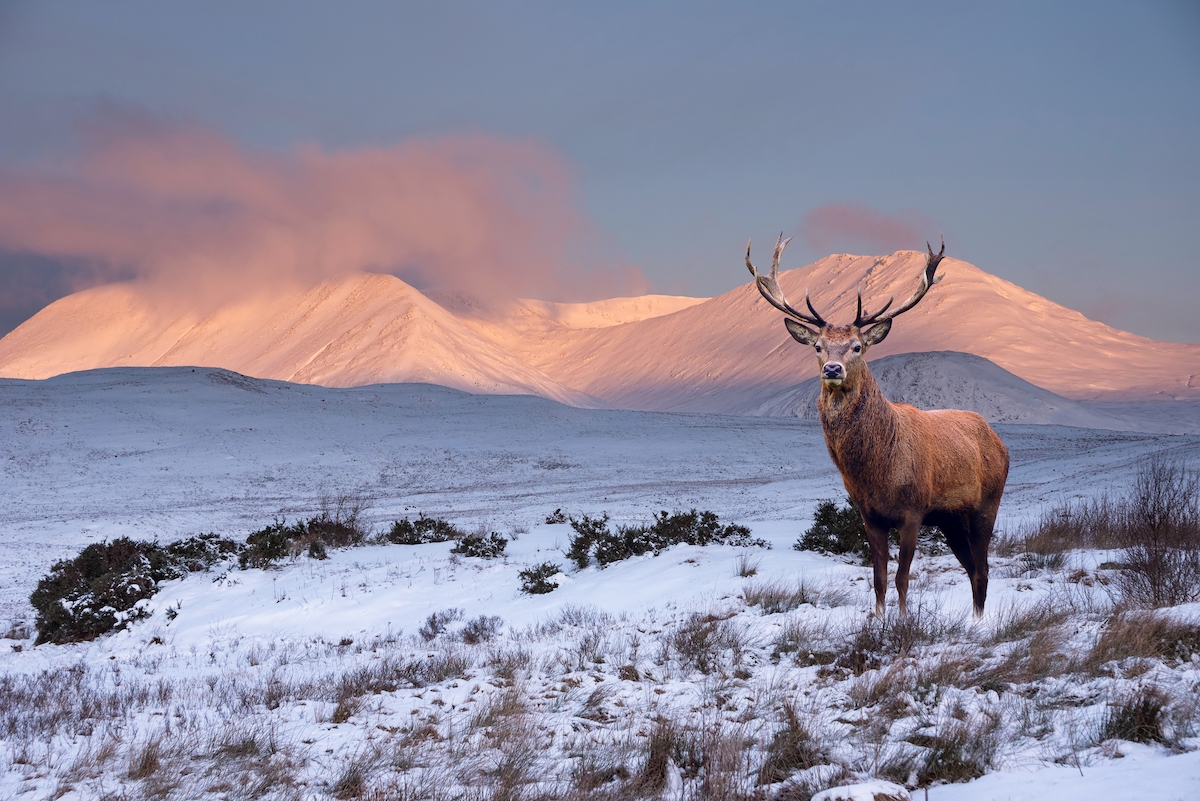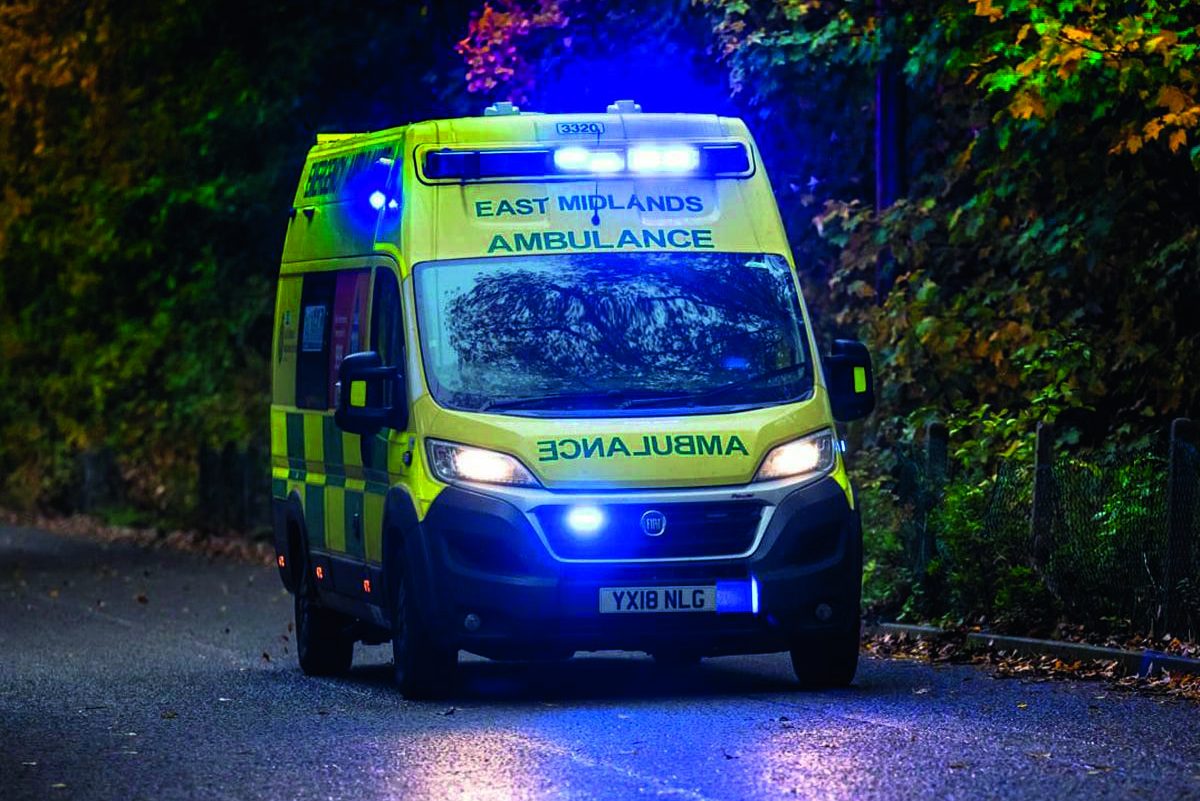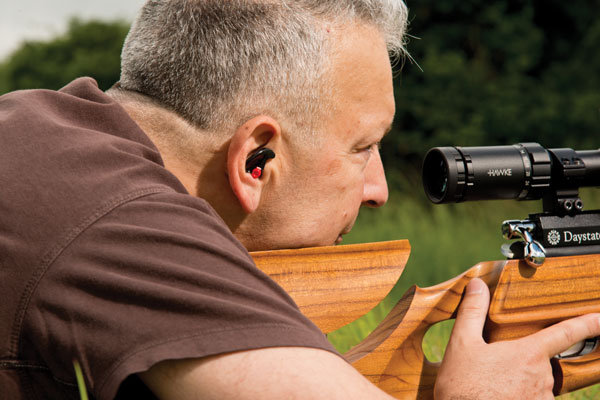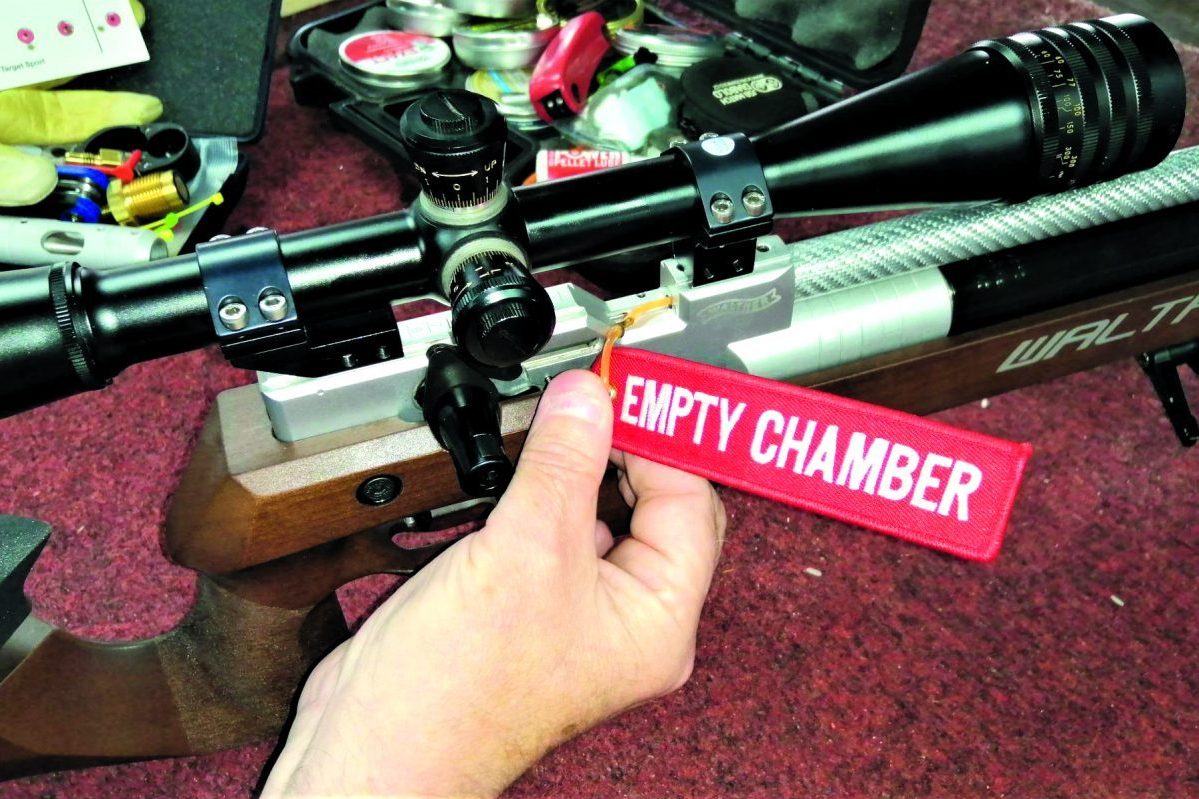Safe stalking: the hills are beautiful but can be dangerous
It’s not just tourists who can get caught out in the wintry conditions, and it always pays to be prepared before heading into the mountains

It’s January in the glen. Winter climbers set off to enjoy the conditions, but occasionally their day does not pan out as planned and something goes wrong. A common factor in this scenario is that none of them ever thought for one second that “it might happen to me”. As rural workers we are certainly not exempt from this — quite the opposite, in fact. I still vividly remember a close call that happened to me 20 years ago, on ground that was very familiar.
It was a particularly grim winter’s morning. A period of snow had suddenly warmed and a mild south-westerly had come in off the Atlantic, bringing torrents of rain. This, combined with a rapid overnight thaw, had resulted in the rivers being in full spate. The headkeeper was away on holiday after a busy season. Holding the fort on my own, I had fed all the animals and set off for the hills.
After a few hours, I decided to return to the vehicle as the weather had worsened. I thought it might be better to take a shortcut that would lead me to a watergate that hung across the river. A large hydro-pole supported it, and I had crossed this many times before by clinging on to the wire fence above it. (Read our list of the best stalking kit for winter.)
The watergate below was under great pressure, and I was nearing the halfway point on the upstream side. The slip happened so quickly, and in an instant I was in the water, pinned up against the gate and unable to move. The shock of the snowmelt water completely took my breath away. I began to feel the current drag me, and I was under in seconds. To add to this, the hood of my favourite old military coat I was wearing caught on a bolt on the gate. I was fully submerged and completely snagged as I struggled to break free for what seemed like an eternity.
After some time, the hood tore from the jacket and I was washed under the watergate and downriver like a rag doll. I eventually popped up and fought with everything I had to get to the shore. Once I’d managed to clamber out, I did not stop but ran, struggling for breath, all the way back to the truck. I knew that I was now entering the realms of hypothermia, and that presents a whole new set of problems.
I managed to get back to my bothy and thaw myself out. Fundamentally, it was my familiarity with the ground that nearly cost me my life. Embarrassed, I never did tell my headkeeper, but I learned from my mistake. I was incredibly lucky.
Twenty years on, as a mountain rescuer having operated in all weather conditions, I can humbly say that I have seen more than my fair share of accidents in the hills. However, there are a few things you can do in order to safeguard yourself and minimise the risk of a similar accident happening to you. (Read does cold weather affect rifle velocity?)
Safe stalking
Make sure that someone knows where you are and what time you plan to return. If a search party is sent out for you, they are much more effective if they have a starting point. Ensure you have spare layers, a communication and GPS device such as a radio or phone, a bothy bag, a compass, a torch, a first aid kit and a foil blanket. These items do not take up much room in your kit but might just save a life.
Keep moving in exposed areas; hypothermia can creep in quickly on open ground. Monitor weather forecasts closely and be avalanche-aware. On certain gradients, avalanches can be very common in Scotland, and accumulations of snow can lead to extremely unstable snowpacks. While stalking may rarely take you to such terrain, tracking a fox will. Finally, try to avoid crossing swollen watercourses, obviously.








